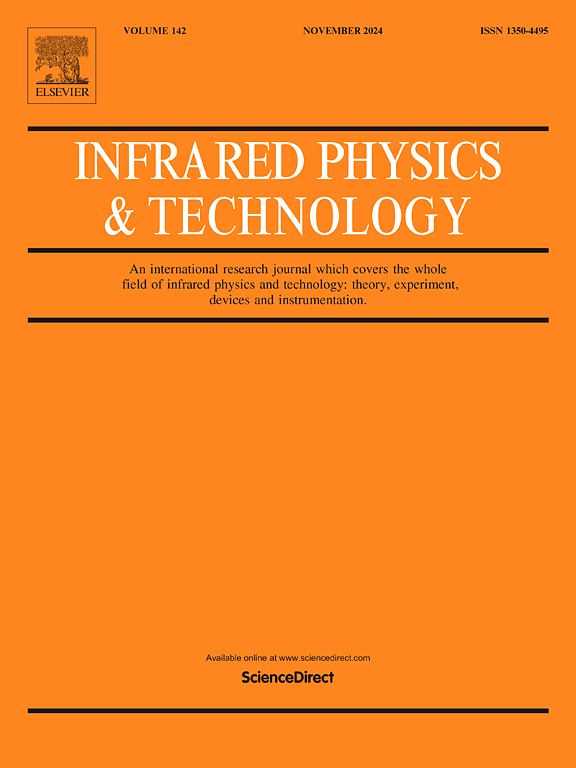红外热成像和深度学习在太阳能光伏系统中的应用综述
IF 3.1
3区 物理与天体物理
Q2 INSTRUMENTS & INSTRUMENTATION
引用次数: 0
摘要
太阳能光伏(PV)系统是清洁能源生产中非常有前途的可再生能源,并有可能在未来几年内取代化石燃料。然而,光伏系统的输出受到各种缺陷的损失,包括裂纹,热点,有缺陷的模块等。因此,为了使光伏发电系统的发电量保持在最高水平,定期检查和监测技术是必要的。红外热成像(IRT)已经成为一种非破坏性的诊断工具,用于检测与光伏系统相关的不同类型的缺陷,而深度学习技术在自动化和改进缺陷识别方面已经证明了卓越的能力。这篇综述探讨了IRT和深度学习在光伏系统监测中的集成,重点介绍了最近的进展、方法和应用。首先,本文综述了太阳能光伏系统中IRT和深度学习的概况。主要贡献包括对最新发展的综合,对主要发现进行了简明扼要的总结。此外,本文还讨论了将IRT和深度学习相结合用于太阳能光伏系统所面临的挑战,并探讨了未来可能的改进措施,以更好地评估和监测太阳能光伏系统,这将最终帮助太阳能光伏系统在不久的将来成为领先的可再生能源。本文章由计算机程序翻译,如有差异,请以英文原文为准。
A comprehensive review of infrared thermography and deep learning applications for solar photovoltaic systems
Solar photovoltaic (PV) systems are highly promising source of renewable energy for clean energy production and are likely to replace fossil fuels in the upcoming years. However, the output from PV systems is subjected to losses from various defects, including cracks, hot spots, defective modules, etc. Therefore, in order to keep the energy production from PV systems at its maximum level, regular inspection and monitoring techniques are necessary. Infrared Thermography (IRT) has emerged as a non-destructive diagnostic tool for detecting different types of defects associated with PV systems, while deep learning techniques have demonstrated exceptional capabilities in automating and refining defect identification. This review explores the integration of IRT and deep learning for PV system monitoring, highlighting recent advancements, methodologies, and applications. Initially, the review presents an overview of IRT and deep learning in the context of solar PV systems. Key contributions include a synthesis of state-of-the-art developments, offering a succinct summary of the main findings. Furthermore, the review discusses the challenges faced in combining IRT and deep learning for solar PV systems and explores potential future improvements for better evaluation and monitoring, which will ultimately help establish solar PV systems as a leading renewable energy source in the near future.
求助全文
通过发布文献求助,成功后即可免费获取论文全文。
去求助
来源期刊
CiteScore
5.70
自引率
12.10%
发文量
400
审稿时长
67 days
期刊介绍:
The Journal covers the entire field of infrared physics and technology: theory, experiment, application, devices and instrumentation. Infrared'' is defined as covering the near, mid and far infrared (terahertz) regions from 0.75um (750nm) to 1mm (300GHz.) Submissions in the 300GHz to 100GHz region may be accepted at the editors discretion if their content is relevant to shorter wavelengths. Submissions must be primarily concerned with and directly relevant to this spectral region.
Its core topics can be summarized as the generation, propagation and detection, of infrared radiation; the associated optics, materials and devices; and its use in all fields of science, industry, engineering and medicine.
Infrared techniques occur in many different fields, notably spectroscopy and interferometry; material characterization and processing; atmospheric physics, astronomy and space research. Scientific aspects include lasers, quantum optics, quantum electronics, image processing and semiconductor physics. Some important applications are medical diagnostics and treatment, industrial inspection and environmental monitoring.

 求助内容:
求助内容: 应助结果提醒方式:
应助结果提醒方式:


